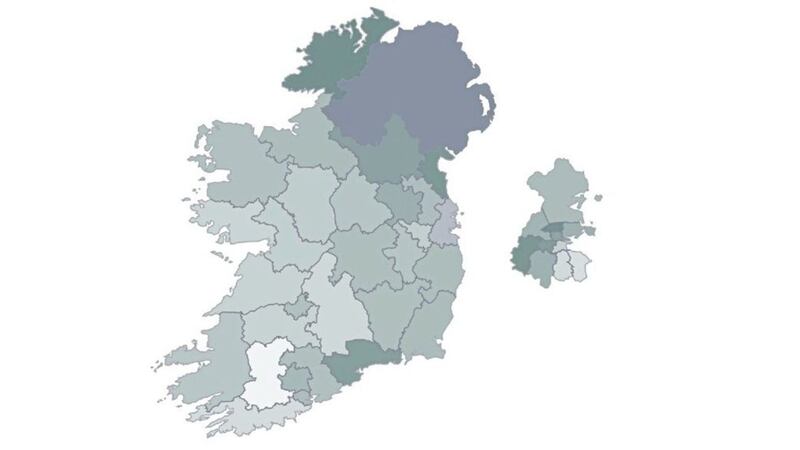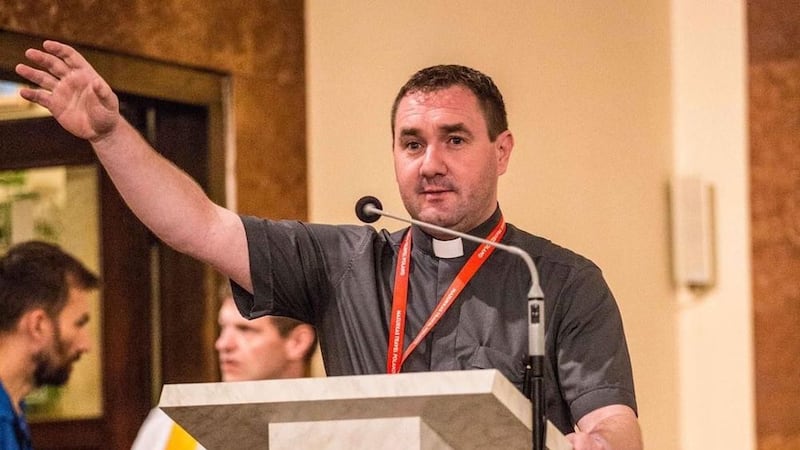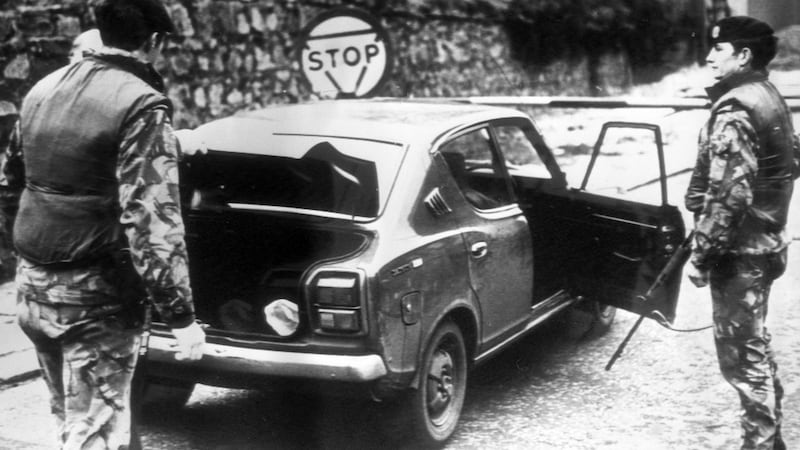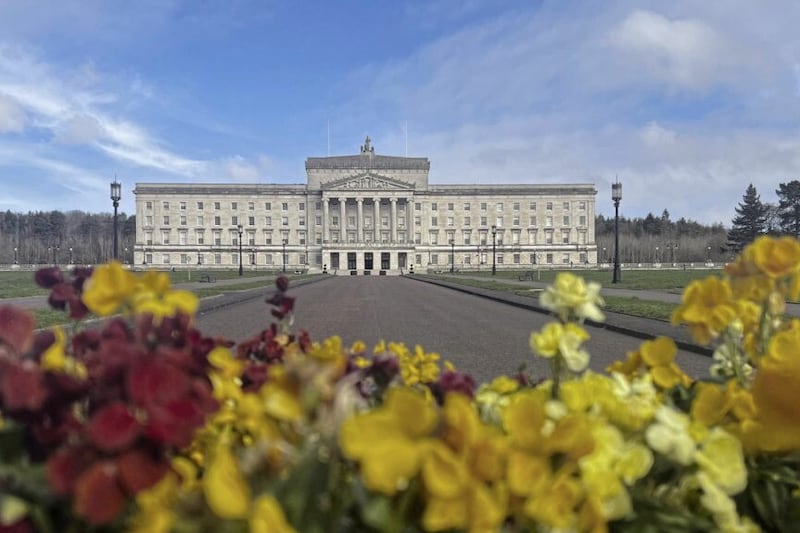ULSTER and inner Dublin constituencies delivered the biggest shares of the first preference votes for Sinn Féin.
The party achieved the largest overall share of first preferences with 24.5 per cent, followed by Fianna Fáil on 22.2 per cent and Fine Gael on 20.9 per cent.
Of the constituencies, Sinn Féin's highest share was 45.1 per cent in Donegal where Pearse Doherty and Pádraig Maclochlainn were elected on the first count with a huge surplus.
It was turnaround on the 2016 election when the party's strategy of running three candidates backfired and Mr Maclochlainn lost his seat.
Big results were also achieved this time in the other border areas of Cavan-Monaghan (36.7 per cent of first preferences) and Louth (42 per cent) – the stronghold of former Sinn Féin president and retiring TD Gerry Adams.
The party's second highest share came in Dublin North-West where Dessie Ellis was returned to the Dáil with 44.4 per cent and 14,375 votes.
His vote was more than 6,000 over the quota, but as seen in many constituencies, Sinn Fein's cautious election strategy meant there was no running mate to benefit from the surge.
Sinn Féin also received 42.8 per cent of first preferences in Dublin Mid-West, the constituency of former Belfast councillor Eoin Ó Broin, whose work on the party's housing policy has been credited as a key driving force in its electoral success.
Other constituencies achieving significant vote shares included Dublin South-Central (39.3 pert cent) and Waterford (38.3 per cent).
Fine Gael polled strongest in Mayo (39.5 per cent of first preferences), while Fianna Fáil fared best in Cork North-West (39.4 per cent) – the only constituency where Sinn Féin did not run a candidate.
Peadar Toibín, who quit Sinn Féin because he opposed its support for changes to abortion law, was returned to the Dáil under the banner of his new party Aontú.
However, Sinn Féin still managed to win a position in the three-seat constituency with Johnny Guirke, at the expense of Fianna Fáil's Shane Cassells.
Exit poll figures suggest younger voters shifted towards Sinn Féin, with the party receiving the largest number of first preferences among 18-24 year olds of those surveyed (31.8 per cent).
This was followed by 15.5 per cent for Fine Gael, 14.4 per cent for the Green Party and 13.6 per cent for Fianna Fáil, according to the Ipsos MRBI poll.
The opposite was the case among older voters, with a majority aged 65 and over giving their first preference to Fine Gael (30.2 per cent) or Fianna Fáil (29.7 per cent) compared to Sinn Féin (12.2 per cent).
Health and housing/homelessness were the most important issues for people in deciding how to vote at 32 per cent and 26 per cent respectively.
Taoiseach Leo Varadkar failed in his attempt to frame the election around the government's handling of Brexit, as just one per cent of the 5,376 surveyed considered it their top priority.






